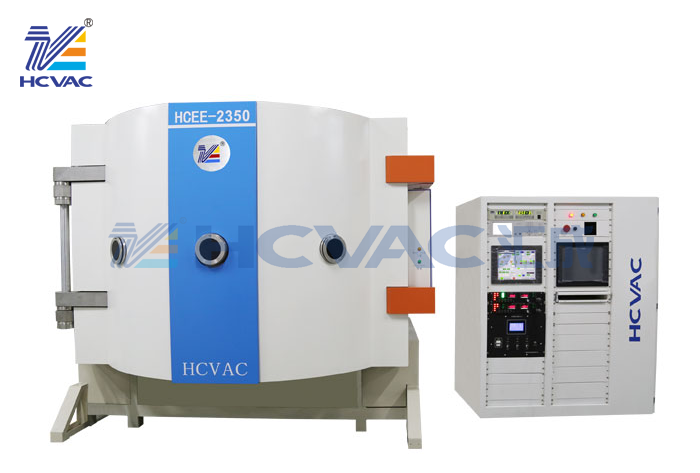


News centres
The coating technology used in optical vacuum coating machine is generally known as optical coating. The common method of optical coating technology is to coat thin film on glass substrate by vacuum sputtering. Optical coating is usually used to control the reflectivity and transmittance of substrate to incident light beam to meet different needs. In order to eliminate the reflection loss on the surface of optical components and improve the image quality, one or more transparent dielectric films called anti-reflection films.

With the development of laser technology, optical coating has put forward different requirements for reflectivity and transmittance of thin films, which promotes the development of multilayer high reflection films and broadband anti-reflection films. For various application requirements, high reflection films are used to manufacture polarization reflection films, color separation films, luminescent films, interference filters, etc.
After coating the surface of the optical component, the optical coating is reflected and transmitted many times on the coating, thus forming multi-beam interference. Different intensity distributions can be obtained by controlling the refractive index and thickness of the coating. This is the basic principle of interference coating.
Optical properties, such as refractive index, absorption rate and laser damage threshold, of the film deposited by optical vacuum coating machine mainly depend on the microstructure of the film. The film material, residual gas pressure and substrate temperature may affect the microstructure of the film. If the mobility of atoms vapor deposited on the substrate surface is low, the film will contain micropores. When the film is exposed to humid air, these holes are gradually filled with water vapor. Such as a cylindrical mirror.